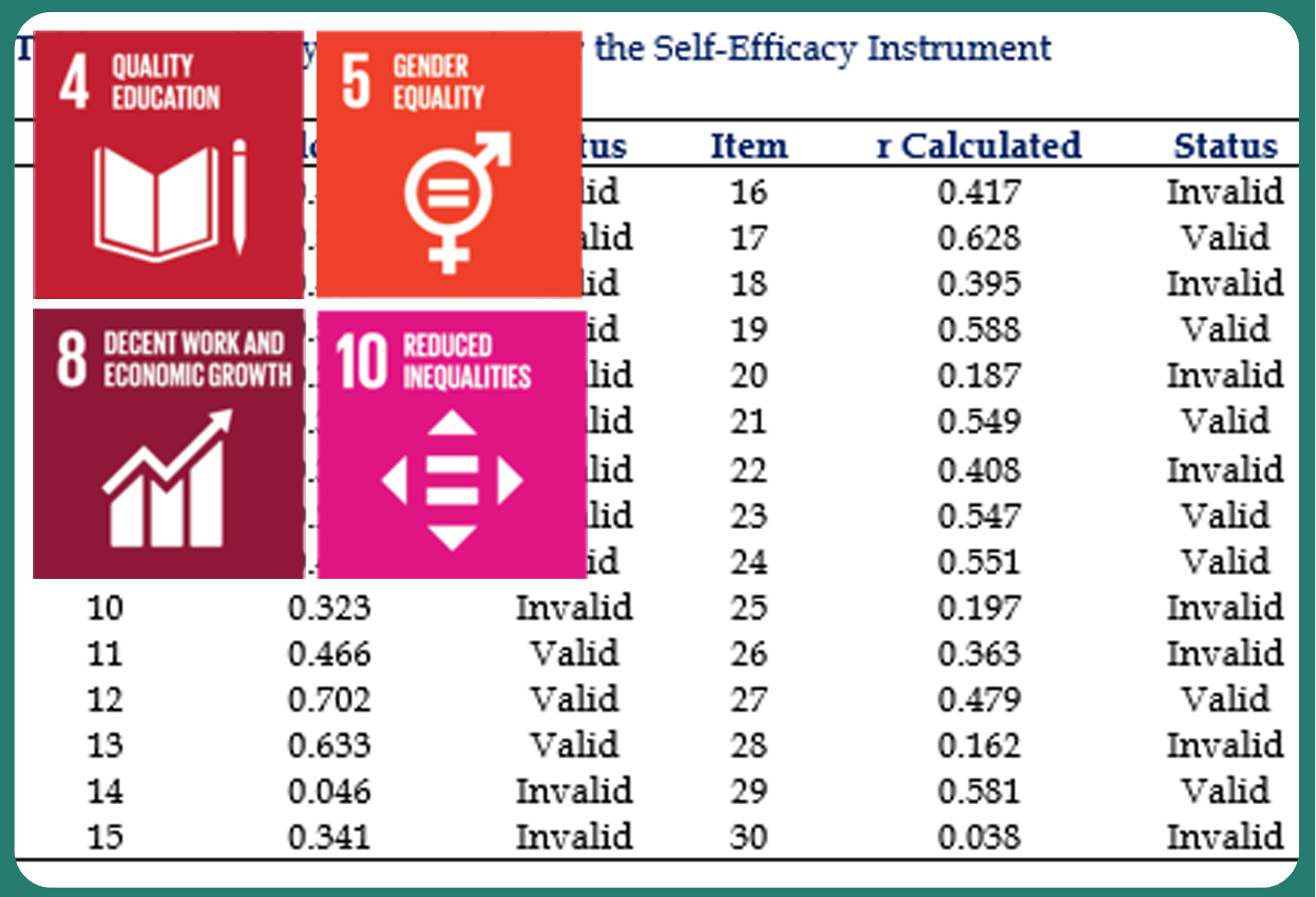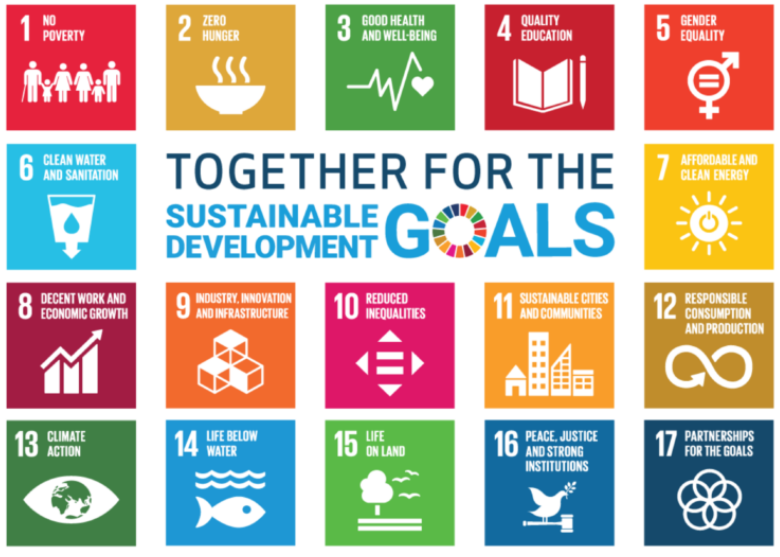The Contribution of Self-Efficacy and Family Support to Career Perceptions among Vocational Students in Computer and Network Engineering
DOI:
https://doi.org/10.24036/javit.v5i1.232Keywords:
Self-Efficacy, Family Support, Career Perception, Vocational Education, Mixed-MethodsAbstract
Career decision-making during high school is a critical developmental stage in which students begin to define their future professional trajectories. However, many students—particularly by Grade XII—still struggle with identifying a clear career direction. This study investigates the contribution of two key psychological and social factors: self-efficacy and family support, in shaping students' career perceptions. A mixed-methods approach was employed, combining quantitative analysis of 66 students in the Computer and Network Engineering department at SMKN 1 Bukit Tinggi with qualitative data from in-depth interviews. The quantitative findings revealed that self-efficacy and family support significantly influence career perception, contributing a combined variance of 59.2%, with self-efficacy contributing 52.27% and family support 19.44%. Qualitative results corroborated these findings, showing that students with high self-confidence and strong parental involvement demonstrated greater clarity in their career planning. These results highlight the importance of fostering both internal motivation and supportive external environments in preparing students for career decision-making. The study provides empirical evidence for the integration of psychological empowerment and family-based interventions within vocational education frameworks.
Downloads
References
A. Alam and A. Mohanty, “Cultural beliefs and equity in educational institutions: exploring the social and philosophical notions of ability groupings in teaching and learning of mathematics,” Int. J. Adolesc. Youth, vol. 28, no. 1, Dec. 2023, https://doi.org/10.1080/02673843.2023.2270662.
A. Alam and A. Mohanty, “Developing ‘Happiness Engineering’ Subject for the Schools in India: Designing the Pedagogical Framework for a Sustainable Happiness Curriculum,” Qubahan Acad. J., vol. 3, no. 4, pp. 1–20, Nov. 2023, https://doi.org/10.48161/qaj.v3n4a145.
U. A. Maidugu, ; Adamu, and T. Isah, “Islamic Education and its Value: A Vital Means for the Formation National Character,” Bull. Islam. Res., vol. 2, no. 4, pp. 725–744, Dec. 2024, https://doi.org/10.69526/BIR.V2I4.165.
M. Pasaribu, F. Khairifa, R. Ali, A. A. Muis, and M. Ritonga, “Youth Character Building through Quality Education in Realizing Golden Indonesia 2045,” J. Ecohumanism, vol. 3, no. 4, pp. 180–192, 2024, https://doi.org/10.62754/joe.v3i4.3473.
N. S. Lestari, F. Hanurawan, O. A. Suciptaningsih, and N. I. I. Itsnain, “Psychological Characteristics of Personality in Elementary School-Aged Children in Indonesia: Review and Implications,” Edukasi Islam. J. Pendidik. Islam, vol. 13, no. 04, pp. 729–744, Nov. 2024, https://doi.org/10.30868/EI.V13I04.6636.
C. Wijaya, L. R. Ginting, J. Iswanto, M. Nadia, and A. A. Rahman, “Improving the Quality of Education by Developing the Social Competency of Teachers,” AL-ISHLAH J. Pendidik., vol. 15, no. 3, pp. 3666–3674, Aug. 2023, https://doi.org/10.35445/alishlah.v15i3.1564.
M. Kayyali, “Career Development in Higher Education,” IGI Glob. Sci. Publ., pp. 1–19, Jan. 2024, https://doi.org/10.4018/979-8-3693-0517-1.ch001.
S. Haviland and S. Robbins, “Career and Technical Education as a Conduit for Skilled Technical Careers: A Targeted Research Review and Framework for Future Research,” ETS Res. Rep. Ser., vol. 2021, no. 1, pp. 1–42, Dec. 2021, https://doi.org/10.1002/ets2.12318.
S. K. Aromolaran, “Challenges of Middle School to High School Transition: A Challenges of Middle School to High School Transition: A Phenomenological Study of the Experiences of Students Phenomenological Study of the Experiences of Students Transitioning From Eighth Grade t,” Electron. Theses Diss., May 2021, Accessed: Jul. 02, 2025. [Online]. Available: https://digitalcommons.acu.edu/etd.
K. Maketekete, “An Exploration of Secondary School Learner’s Career-Related NEeds: Perspectives from Grade 9 Learners and Teachers in three low-income communitites in Soweto.” pp. 2003–2005, 2022. Accessed: Jul. 02, 2025. [Online]. Available: www.aging-us.com.
A. Farashah, T. Blomquist, and A. Bešić, “The impact of workplace diversity climate on the career satisfaction of skilled migrant employees,” Eur. Manag. Rev., vol. 22, no. 1, pp. 218–234, Mar. 2024, https://doi.org/10.1111/emre.12635.
M. B. Mutanga, P. X. Piyose, and S. Ndovela, “Factors Affecting Career Preferences and Pathways: Insights from IT Students,” J. Inf. Syst. Informatics, vol. 5, no. 3, pp. 1111–1122, Sep. 2023, https://doi.org/10.51519/journalisi.v5i3.556.
R. Sartori, F. Tommasi, F. Abu Hamam, and A. Ceschi, “Unrevealing the interplay between internal and external factors leading to career decidedness: A three-wave study,” Aust. J. Career Dev., vol. 33, no. 2, pp. 135–143, Jul. 2024, https://doi.org/10.1177/10384162241263049.
S. Ndovela and B. Mutanga, “Academic Factors Influencing Students Career Choices in the IT Field: Insights from South African IT Students,” Indones. J. Inf. Syst., vol. 6, no. 2, pp. 107–116, Feb. 2024, https://doi.org/10.24002/ijis.v6i2.8293.
D. H. Schunk and M. K. DiBenedetto, “Academic Self-Efficacy,” Handb. Posit. Psychol. Sch., pp. 268–282, Feb. 2022, https://doi.org/10.4324/9781003013778-21.
A. J. Schultheiss, E. Koekemoer, and A. Masenge, “Career commitment and subjective career success: Considering the role of career resilience and self-efficacy,” Aust. J. Career Dev., vol. 32, no. 2, pp. 135–146, Jul. 2023, https://doi.org/10.1177/10384162231172560.
A. Amadi, “Integration in a mixed-method case study of construction phenomena: from data to theory,” Eng. Constr. Archit. Manag., vol. 30, no. 1, pp. 210–237, Feb. 2023, https://doi.org/10.1108/ECAM-02-2021-0111.
K. Park, B. Mott, W. Min, E. Wiebe, K. E. Boyer, and J. Lester, “Generating Game Levels to Develop Computer Science Competencies in Game-Based Learning Environments,” Lecture Notes in Computer Science (including subseries Lecture Notes in Artificial Intelligence and Lecture Notes in Bioinformatics), vol. 12164 LNAI. pp. 240–245, 2020. https://doi.org/10.1007/978-3-030-52240-7_44.
C. H. Meydan and H. Akkaş, “The role of triangulation in qualitative research: Converging perspectives,” Princ. Conduct. Qual. Res. Multicult. Settings, pp. 98–129, Jan. 2024, https://doi.org/10.4018/979-8-3693-3306-8.ch006.
S. Pashaie, M. Abbaszadeh, F. Abdavi, and H. Golmohammadi, “Improving the validity of mixed and multi-methods through triangulation in sports management research,” Res. Sport Manag. Mark., vol. 4, no. 2, pp. 16–27, Mar. 2023, https://doi.org/10.22098/RSMM.2023.12593.1216.
A. Yaghi and N. Alabed, “Career decision-making difficulties among university students: does employment status matter?,” High. Educ. Ski. Work. Learn., vol. 11, no. 5, pp. 1143–1159, Oct. 2021, https://doi.org/10.1108/HESWBL-07-2020-0149.
J. U. Siebert, M. Becker, and N. Oeser, “Making a good career choice: A decision-analytical intervention to enhance proactive decision-making and career choice self-efficacy in high school students,” Decis. Sci. J. Innov. Educ., vol. 21, no. 1, pp. 10–25, Jan. 2023, https://doi.org/10.1111/DSJI.12280.
P. Cruchinho et al., “Translation, Cross-Cultural Adaptation, and Validation of Measurement Instruments: A Practical Guideline for Novice Researchers,” J. Multidiscip. Healthc., vol. 17, pp. 2701–2728, 2024, https://doi.org/10.2147/JMDH.S419714.
C. Buschle, H. Reiter, and A. Bethmann, “The qualitative pretest interview for questionnaire development: outline of programme and practice,” Qual. Quant., vol. 56, no. 2, pp. 823–842, Apr. 2022, https://doi.org/10.1007/s11135-021-01156-0.
F. G. Karaoglan Yilmaz, “Utilizing Learning Analytics to Support Students’ Academic Self-efficacy and Problem-Solving Skills,” Asia-Pacific Educ. Res., vol. 31, no. 2, pp. 175–191, Apr. 2022, https://doi.org/10.1007/s40299-020-00548-4.
R. Dumasari, A. Sutisna, P. Hadiyanti, and M. M. Jafar, “Evaluating Technical Guidance in the Functional Role of Learning Facilitators: A Multidimensional Approach to Enhancing Educational Outcomes,” J. Nonform. Educ., vol. 10, no. 1, pp. 135–146, Feb. 2024, https://doi.org/10.15294/jone.V10I1.255.
N. Khattab, M. Madeeha, T. Modood, M. Samara, and A. Barham, “Fragmented career orientation: the formation of career importance, decidedness and aspirations among students,” Int. J. Adolesc. Youth, vol. 27, no. 1, pp. 45–59, Dec. 2022, https://doi.org/10.1080/02673843.2021.2025114.
M. Monticone, G. Galeoto, A. Berardi, and M. Tofani, “Psychometric Properties of Assessment Tools,” Meas. Spinal Cord Inj. A Pract. Guid. Outcome Meas., pp. 7–15, Jan. 2021, https://doi.org/10.1007/978-3-030-68382-5_2.
S. C. Izah, L. Sylva, and M. Hait, “Cronbach’s Alpha: A Cornerstone in Ensuring Reliability and Validity in Environmental Health Assessment,” ES Energy Environ., vol. 23, Mar. 2024, https://doi.org/10.30919/esee1057.
N. Amini, R. Eliadi, A. Huda, P. S. Teknologi dan Kejuruan, F. Teknik, and U. Negeri Padang, “The Use of Project Motion Media on Learning Outcomes of Basic Culinary Subjects at SMK Gelora Jaya Nusantara,” J. Vokasi Inform., vol. 4, no. 1, pp. 53–61, Mar. 2024, https://doi.org/10.24036/JAVIT.V4I1.167.
E. O. Bayman and F. Dexter, “Multicollinearity in Logistic Regression Models,” Anesth. Analg., vol. 133, no. 2, pp. 362–365, Aug. 2021, https://doi.org/10.1213/ANE.0000000000005593.
O. Navickienė and A. V. Vasiliauskas, “The effect of cadet resilience on self-efficacy and professional achievement: verification of the moderated mediating effect of vocational calling,” Front. Psychol., vol. 14, p. 1330969, Jan. 2023, https://doi.org/10.3389/fpsyg.2023.1330969.

Downloads
Published
How to Cite
Issue
Section
License
Copyright (c) 2025 Rini Afriany Harahap, Lativa Mursyida, Efrizon Efrizon, Mahesi Agni Zaus

This work is licensed under a Creative Commons Attribution 4.0 International License.










